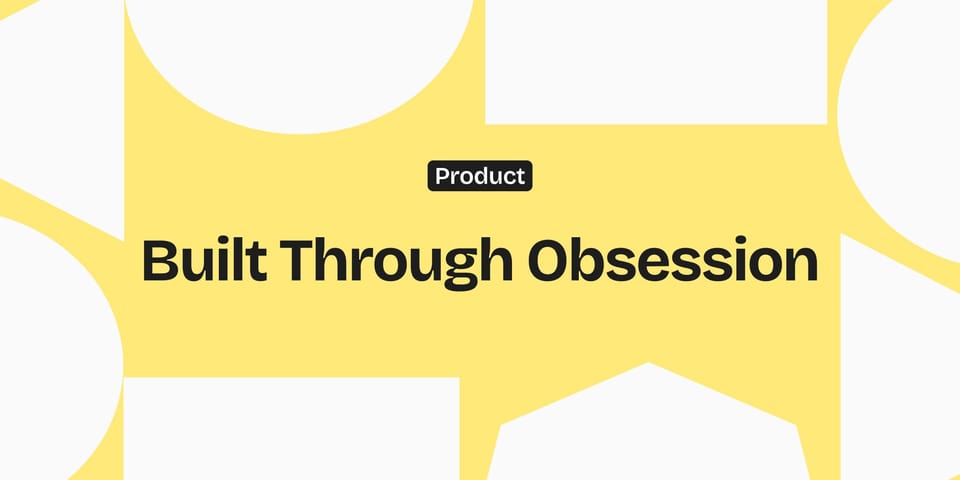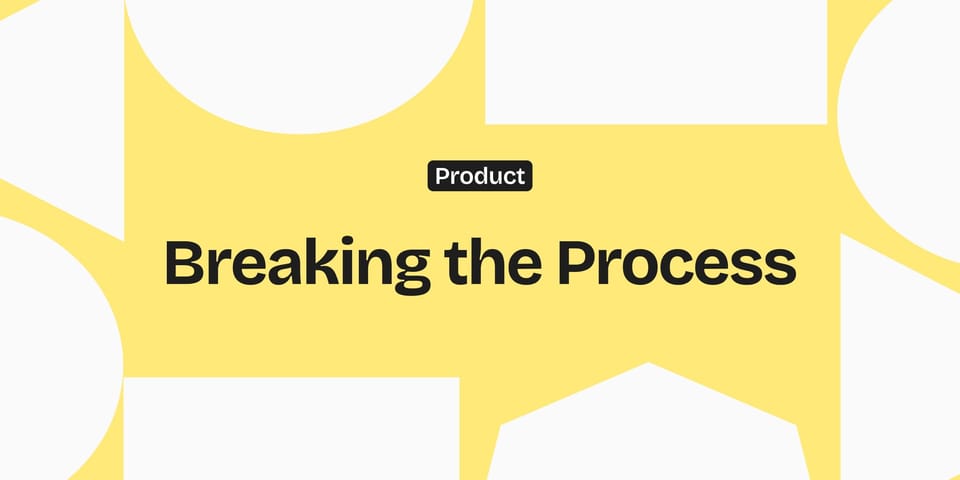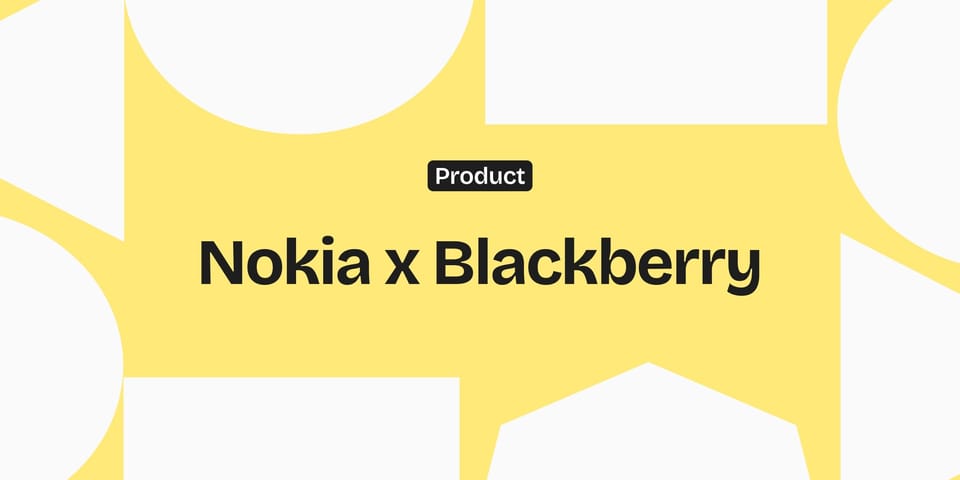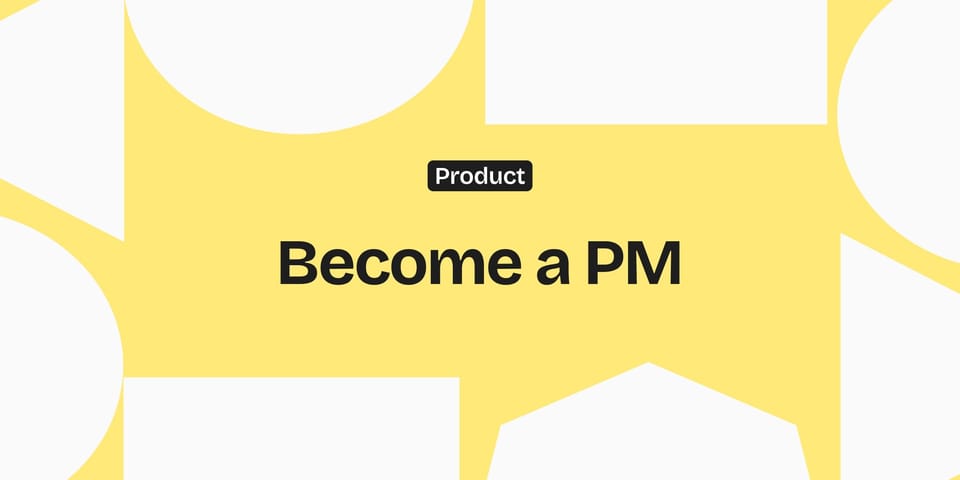Cognitive Biases & Design Principles in Product Design
Design isn’t just about how things look. It’s about how people think. Every time you ship a screen, you’re also shipping a belief. Here are some little psychological hacks I keep reaching for when building products. Not because they’re clever. But because they work.
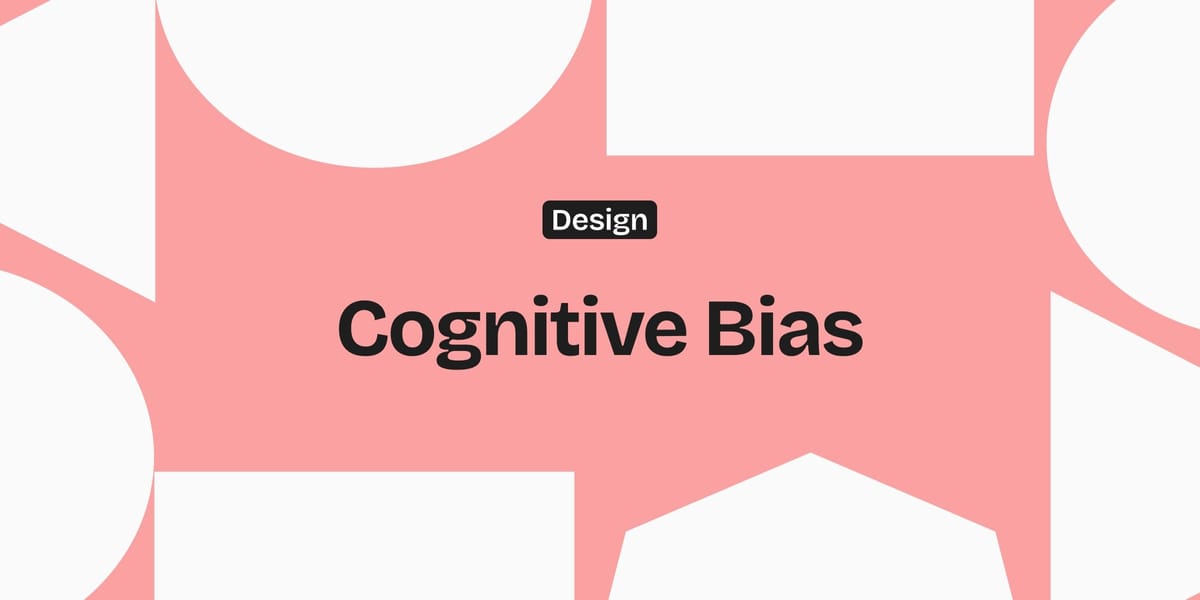
Design is not neutral. That sounds dramatic, but I keep coming back to it.
Every pixel, every delay, every microinteraction is poking at your brain's weird shortcuts. You're not just building features. You're shaping perception, expectation, behavior.
So here's a dump of some psychological biases and UX tricks I lean on when trying to make a product feel intuitive, sticky, or just less annoying. It's not exhaustive or sacred. It's just what I find myself repeating to designers, PMs, and founders, over and over again.
1. Confirmation Bias
People seek evidence that confirms what they already believe.
Netflix leans into this: their homepage isn't meant to surprise you. It's designed to echo your taste back to you.
In product design: reinforce early choices. If someone picks X, show them testimonials from people who picked X. Make them feel smart.
2. Banner Blindness
Users ignore what feels like an ad.
Craigslist once hid critical info in banner-like boxes. Users didn't see it. Inline text? Problem solved.
Lesson: don't fight the visual flow. Put actions where the eye already goes.
3. Labor Illusion
We trust results more when we see the effort.
Kayak shows you all the airlines it's "checking" even though it already has the data. It earns credibility through fake effort.
If you're using AI, don't just drop a result. Say: "Analyzing 4,000 records...". Add friction to build trust.
Harvard study on the labor illusion
4. Hick's Law
More choices = slower decisions.
Why does Google's homepage feel so fast? Because there's almost nothing to choose.
Group options. Delay complexity. Hide the weird stuff.
5. Serial Position Effect
People remember the first and last things best.
Amazon doesn't put its best offers in the middle. It knows what you'll notice.
Design menus and plans to start and end strong. Forget the middle.
Serial position effect explained
6. IKEA Effect
We value things more when we help make them.
Canva feels magical partly because you made that design. Even if it was mostly drag-and-drop.
Let users personalize. Let them pick a theme. Give them some ownership.
7. Zeigarnik Effect
We remember what's unfinished.
LinkedIn shows a half-done profile and a little progress bar. You feel incomplete. You come back.
Add a checklist. Leave a thing hanging. The brain wants to close loops.
8. Social Proof Bias
In doubt, we copy others.
Booking.com tells you 27 people booked the same hotel. That nudge matters.
Show popularity. Show usage. Show what's trending. People follow people.
9. Endowment Effect
We overvalue what we already own.
Figma doesn't onboard you with a tutorial. It hands you a blank file. The moment you draw something, it's yours.
Get users into action fast. Let them save, edit, create.
10. Peak-End Rule
We judge experiences by their peak and their ending.
Duolingo ends lessons with a party: sounds, confetti, XP. It feels good, so you come back.
End your flows with delight. Celebrate micro-wins. Reward completion.
Growth.Design teardown on Duolingo
11. Choice Architecture (Bonus)
How you present options changes what people choose.
Apple doesn't just price tiers randomly. Most users pick the middle plan. Because it feels safe.
Use smart defaults. Anchor prices. Frame decisions gently.
If you want to go deeper:

